Views: 72
Let’s hear it for New Zealand and Australian Artists. The Islands have produced some awesome bands and artists. let’s play a few.
![]()
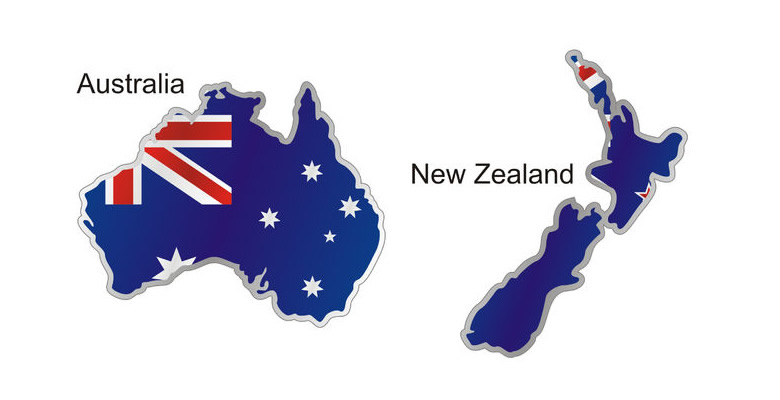
Views: 72
Let’s hear it for New Zealand and Australian Artists. The Islands have produced some awesome bands and artists. let’s play a few.
![]()

Views: 138
Let’s hear it for the UK. Anything from the UK. Bands, Male, Female.
![]()
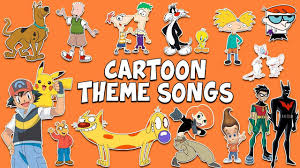
Views: 69
Let’s hear it for the cartoons.
For entire generations of kids, some of their most fond memories are of watching Saturday morning cartoons. The animated shows that became instant classics entertained children across the country and most had a special theme song that was so catchy, kids just couldn’t forget it. What are the greatest cartoon theme songs of all time?
The cartoons on this list, especially those with the top 10 cartoon theme songs have some of the most memorable musical intros in television history. They kept kids hooked on the show and still resonate even today.
https://youtu.be/6DMOYq56rmk
![]()
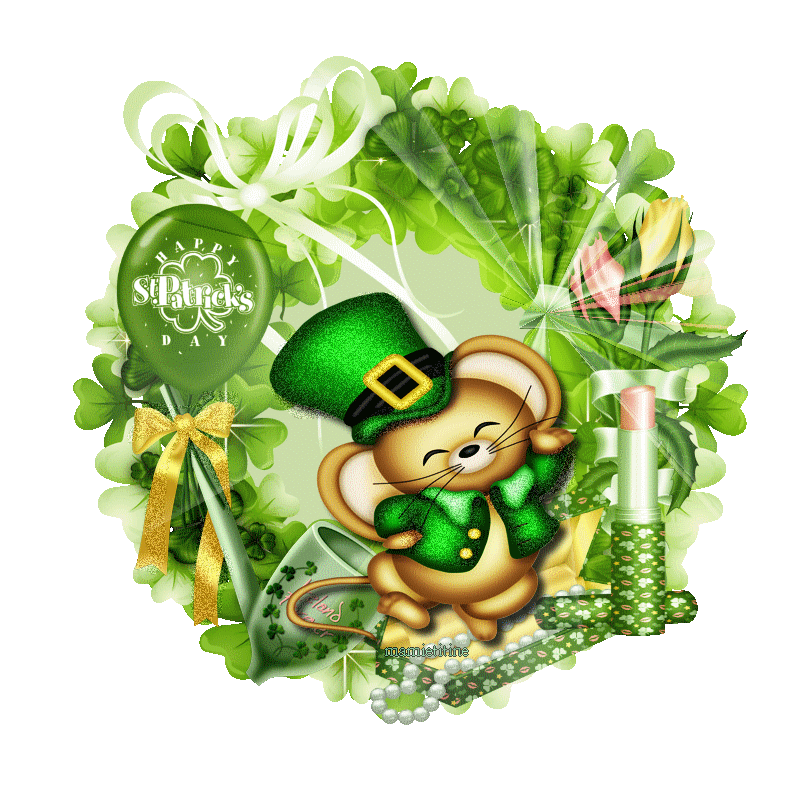
Views: 53
Decorating with a touch of Irish. We’re not Irish but we added a bit of the Irish look. Enjoy. Add any pictures, gifs, or songs,

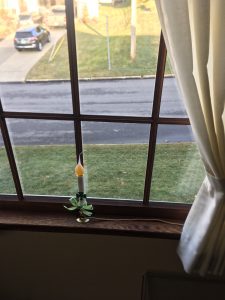








![]()
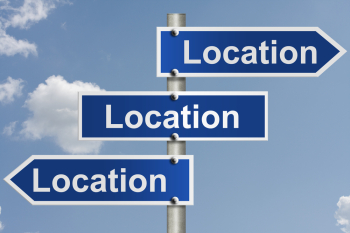
Views: 36
Location, location, location. Cities, States, Provence’s, or Countries. Band, Artist, or Song. Give us your best location song, picture, or gif.
https://youtu.be/62AX-et_NeM
![]()

Views: 99
Let’s hear it for the food. Any and all songs about food. The artist or band can have a food name also. Gifs, and pictures welcome.
![]()

Views: 93
Let’s hear it for the horns. We not only have awesome horn bands, we also have great artists who used horns. I’ll give you about ten of mine.
![]()
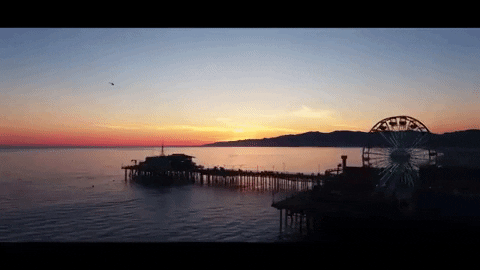
Views: 71
Anything California. It can be the music, the band, artist, gif, or pictures. Everyone should have a ton of these.
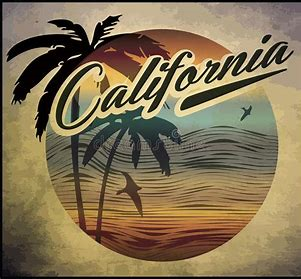
https://youtu.be/JY4rTnJoIpk
https://youtu.be/cjCa8i5JDF4
![]()
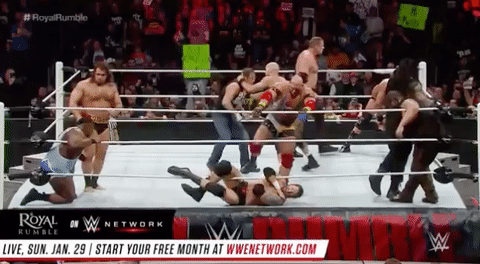
Views: 126
Start me up- free for all. Starting a bit early for the weekend, but hey it’s Friday in many parts of the world. So let’s play what ever moves you.
![]()

Views: 85
Man’s best friend. Cat or Dog? When I say that, I do mean Mankind. So this will be a bit different. You can do songs, make comments, or post a Giff. Also if the artist or band has a dog or cat in their name. Any animal is fine.
https://youtu.be/vmySezU9NwA
https://youtu.be/-kSrV_CubiQ
https://youtu.be/8kezoXHhk8Y
![]()

Views: 27
Let’s hear it for the Grammys. The Grammy Award (stylized as GRAMMY, originally called Gramophone Award), or just Grammy, is an award presented by the Recording Academy to recognize achievements in the music industry. The trophy depicts a gilded gramophone. The annual presentation ceremony features performances by prominent artists, and the presentation of those awards that have a more popular interest.
The Grammys are the first and biggest award of the Big Three networks’ major music awards held annually (between the American Music Awards in fall, and Billboard Music Awards in summer).
https://youtu.be/vRF5zSczYEs
![]()

Views: 74
Let’s hear it for the academy awards. Songs that won a Oscar. The award category was introduced at the 7th Academy Awards, the ceremony honouring the best in film for 1934.
Nominations are made by Academy members who are songwriters and composers, and the winners are chosen by the Academy membership as a whole. Fifteen songs are shortlisted before nominations are announced.
It can be any category.
https://youtu.be/sVxUUotm1P4
https://youtu.be/uQ0ODCMC6xs
![]()

Views: 71
Let’s do what works. Free for all. We’re heading for the weekend, so play what ever moves you. Songs, Gifs, Pictures, etc.
https://youtu.be/ZBgtzwE-FTA
![]()
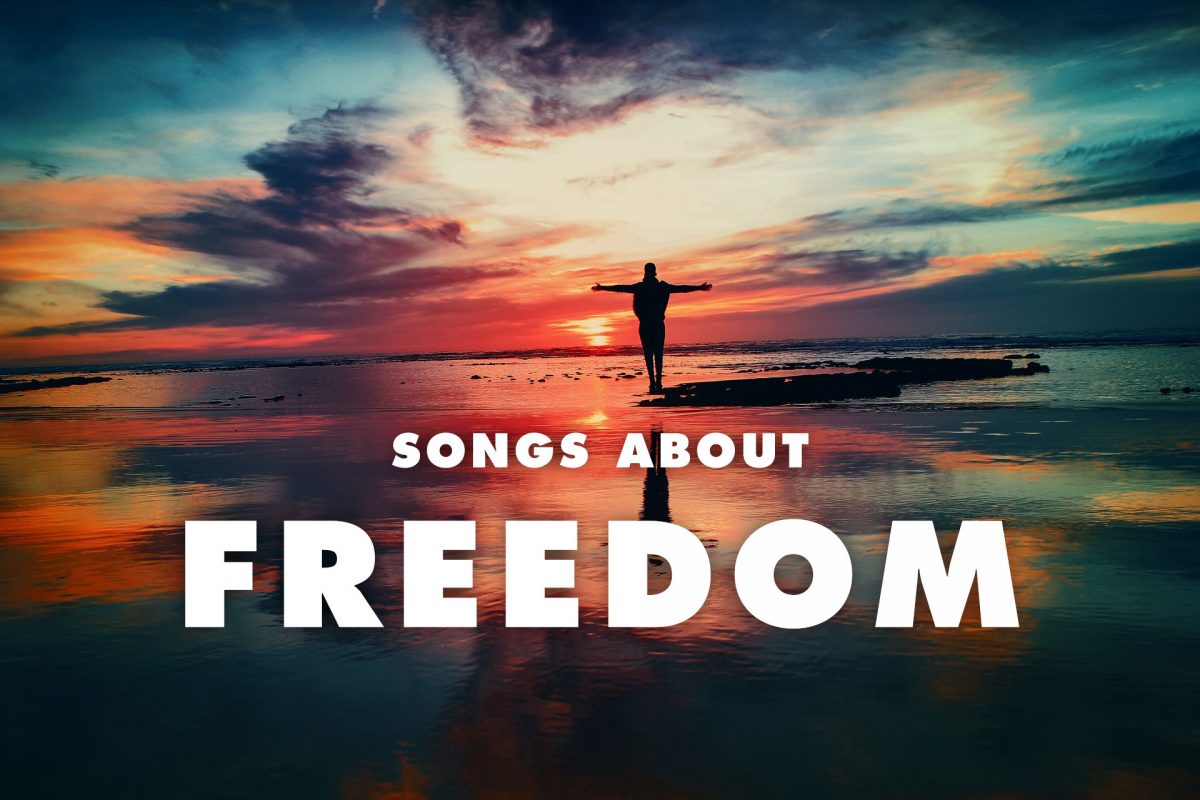
Views: 61
Songs or Bands that have the word Free or anything to do with Freedom.
https://youtu.be/uRD_gIoVOmY
https://youtu.be/bpFukv_iyhA
![]()

Views: 82
The 70’s Weekend. The last decade of Classic Rock. Models like Jane Birkin and Jerry Hall (who famously dated Rolling Stones front man Mick Jagger) epitomized ‘70s style. Bell bottom pants, flowing maxi dresses, ponchos and frayed jeans dominated 1970s fashion. Tie-dye inspired by the 1960s “hippie” style continued to be worn, while patchwork and plaid fabrics gained popularity. In 1974, Diane von Furstenberg debuted her famous wrap dress, embodying the modern working woman’s desire for both comfort and style.
People turned to pop culture–easy to do in such a trend-laden, fad-happy decade. They listened to 8-track tapes of Jackson Browne, Olivia Newton-John, Donna Summer and Marvin Gaye. Disco rose and with it, the sounds of Abba, the Bee Gees and Donna Summer. On the rock front, bands like the Rolling Stones, Van Halen, Pink Floyd and Queen dominated airwaves.
![]()
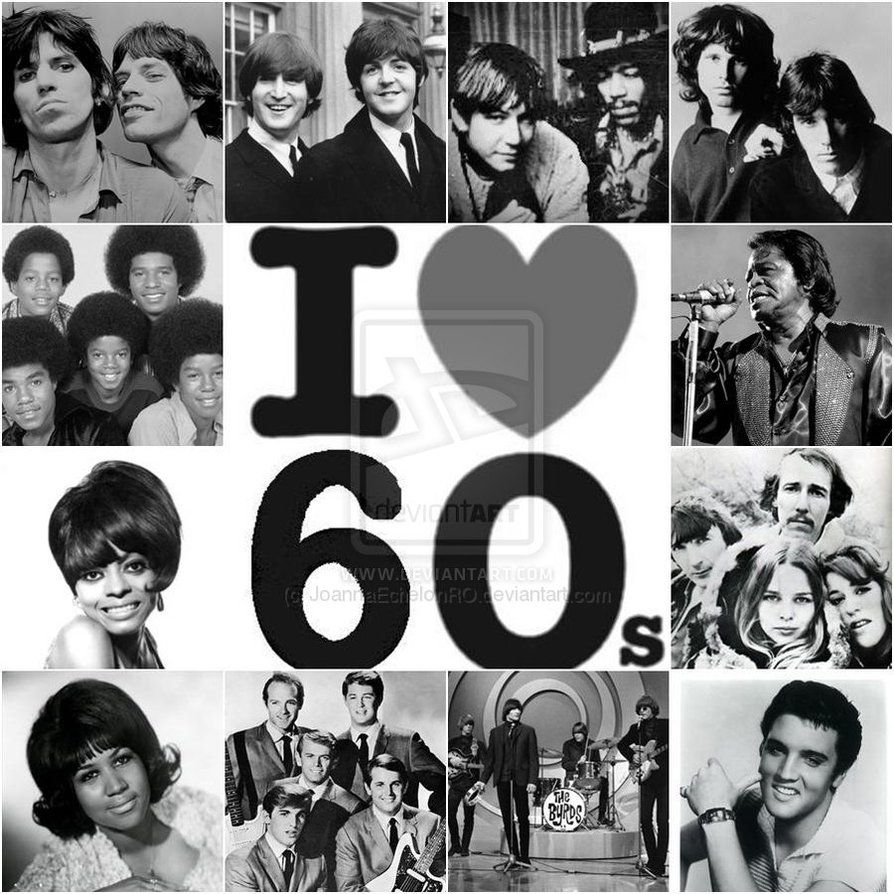
Views: 27
IF you have a special music request or type of article, let us know.
The 1960s (pronounced “nineteen-sixties”, shortened to “the ’60s” or “the Sixties“) was a decade of the Gregorian calendar that began on January 1, 1960, and ended on December 31, 1969. It was the seventh decade of the 20th century.[1]
The “cultural decade” of the 1960s is more loosely-defined than the actual decade, beginning around 1963–1964 with the John F. Kennedy assassination[2][3] and the Beatles‘ arrival in the United States,[1] and ending around 1969–1970 with the Altamont Free Concert,[4] the Beatles’ breakup,[5] and the Kent State shootings[6] or with the withdrawal of troops from Vietnam and the resignation of U.S. President Nixon in 1974.
The term “the Sixties” is used by historians, journalists, and other academics in scholarship and popular culture to denote the complex of inter-related cultural and political trends around the globe during this era. Some use the term to describe the decade’s counterculture and revolution in social norms about clothing, music, drugs, dress, sexuality, formalities, and schooling; others use it to denounce the decade as one of irresponsible excess, flamboyance, and decay of social order.
The decade was also labeled the Swinging Sixties because of the fall or relaxation of social taboos that occurred during this time, but also because of the emergence of a wide range of music; from a folk music revival, to the Beatles revolution, to the introspective lyrics of Bob Dylan and Paul Simon. Norms of all kinds were broken down, especially in regards to civil rights and precepts of military duty.
![]()

Views: 64
Disco-Moving the feet and body.
Disco is a genre of dance music and a subculture that emerged in the 1970s from the United States‘ urban nightlife scene. Its sound is typified by four-on-the-floor beats, syncopated basslines, string sections, horns, electric piano, synthesizers, and electric rhythm guitars.
Well-known disco artists include Donna Summer, Gloria Gaynor, Giorgio Moroder, Boney M., Earth Wind & Fire, the Bee Gees, Chaka Khan, Chic, KC and the Sunshine Band, Thelma Houston, Sister Sledge, The Trammps, the Village People, and Michael Jackson.[2][3][4] While performers garnered public attention, record producers working behind the scenes played an important role in developing the genre. Films such as Saturday Night Fever (1977) and Thank God It’s Friday (1978) contributed to disco’s mainstream popularity.
Disco started as a mixture of music from venues popular with African Americans, Hispanic and Latino Americans, Italian Americans,[5][6] and gay men[7] in Philadelphia and New York City during the late 1960s and early 1970s. Disco can be seen as a reaction by the 1960s counterculture to both the dominance of rock music and the stigmatization of dance music at the time. Several dance styles were developed during the period of disco’s popularity in the United States, including “the Bump” and “the Hustle“.
By the late 1970s, most major U.S. cities had thriving disco club scenes, and DJs would mix dance records at clubs such as Studio 54 in Manhattan, a venue popular among celebrities. Discothèque-goers often wore expensive, extravagant, and sexy fashions. There was also a thriving drug subculture in the disco scene, particularly for drugs that would enhance the experience of dancing to the loud music and the flashing lights, such as cocaine and Quaaludes, the latter being so common in disco subculture that they were nicknamed “disco biscuits”. Disco clubs were also associated with promiscuity as a reflection of the sexual revolution of this era in popular history.
Disco was the last popular music movement driven by baby boomers, peaking in popularity during the mid-late 1970s. It declined as a major trend in popular music during the late 1970s to early 1980s, but remained a key influence in the development of electronic dance music, house music, hip-hop, new wave, and post-disco. While no new disco movement has dominated popular music since its decline, the style has had several revivals since the 1990s, and the influence of disco remains strong across American and European pop music.
![]()

Views: 109
Transportation songs. Songs about getting from here to there. Let’s spend the weekend playing songs about getting from here to there. Or play songs with a mode of transportation in the band or artists name.
![]()
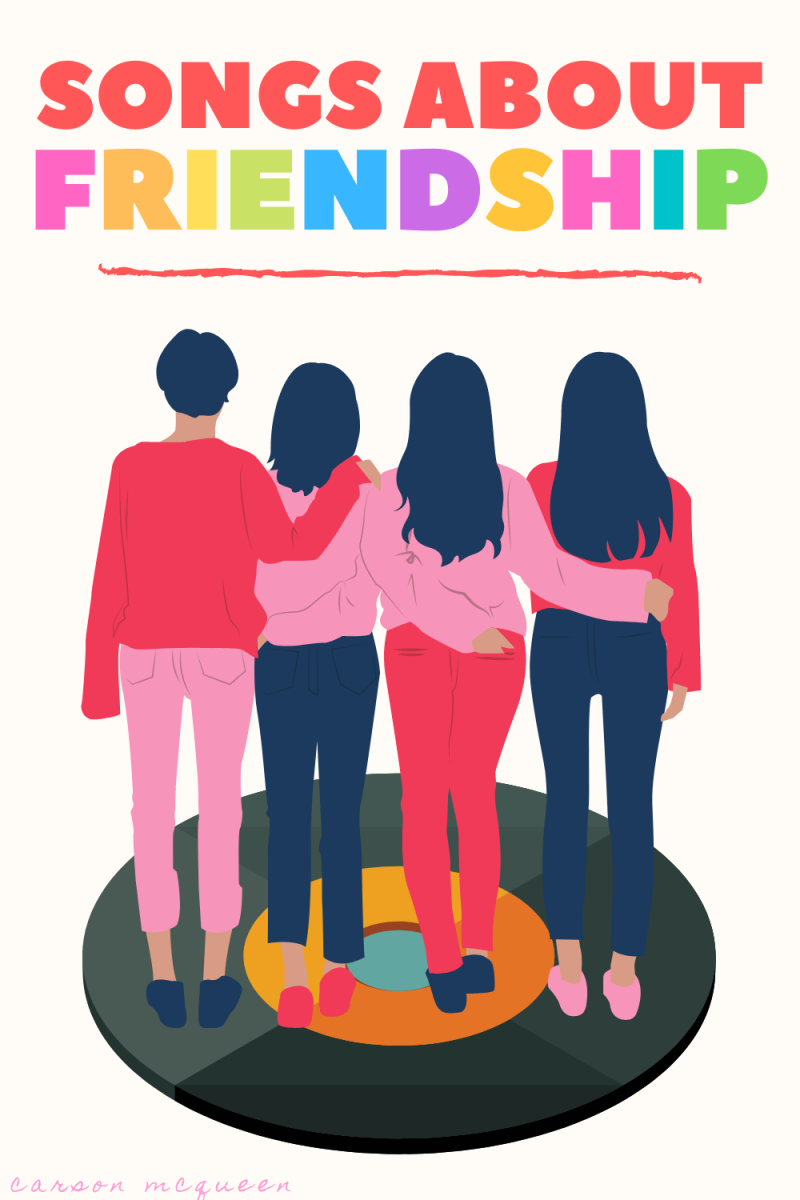
Views: 31
Songs about Friendship. Let’s all be friends. Let’s play songs about friendship or being friends.
![]()
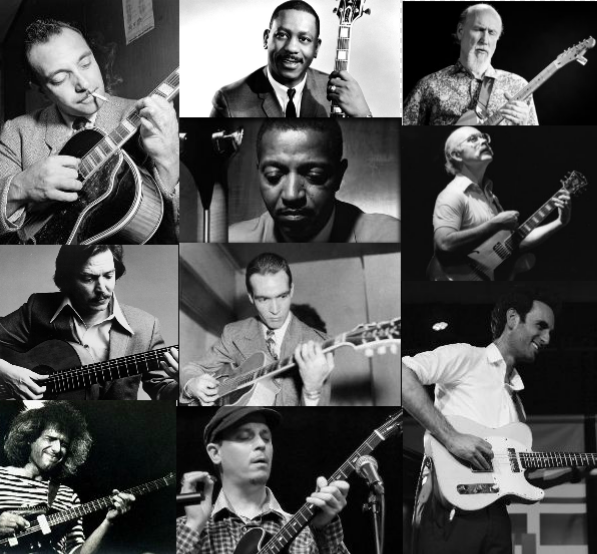
Views: 72
Jazz guitarists are guitarists who play jazz using an approach to chords, melodies, and improvised solo lines which is called jazz guitar playing. The guitar has fulfilled the roles of accompanist (rhythm guitar) and soloist in small and large ensembles and also as an unaccompanied solo instrument.
Until the 1930s, jazz bands used banjo because the banjo’s metallic twang was easier to hear than the acoustic guitar when competing with trumpets, trombones, and drums. The banjo could be heard more easily, too, on wax cylinders in the early days of audio recording. The invention of the archtop increased the guitar’s volume, and in the hands of Eddie Lang guitar became a solo instrument for the first time. Following the lead of Lang, musicians dropped their banjos for guitars, and by the 1930s the banjo hardly existed as a jazz instrument.
Amplification created possibilities for the guitar. Charlie Christian was the first to explore these possibilities. Although his career was brief, it was influential enough for critics to divide the history of jazz guitar into pre- and post-Christian eras.
Influences from free jazz in the 1960s made its way to the guitar. Sonny Sharrock used dissonance, distortion effects units, and other electronic gear to create sonic “sheets of noise” that drove some listeners away when he performed at festivals. He refused to play chords, calling himself a horn player, which is where he got his inspiration.[19] English guitarist Derek Bailey established his reputation as part of the European free jazz scene. Like Sharrock, he sought liberation for its own sake and the breaking of all conventions in the name of originality. He belonged to the Spontaneous Music Ensemble in the 1970s. Beginning in the 1990s, he formed duos with DJs, Chinese pipa musicians, and Pat Metheny.[16]
https://youtu.be/00voyIRO2cM
![]()